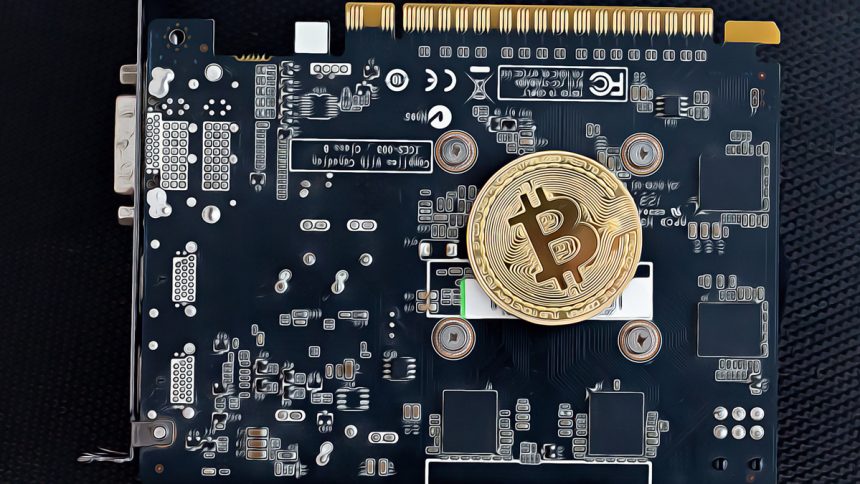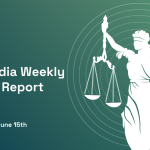Bitcoin  $90,846.46There is someone claimed to be Nakamoto, who inspired and even laid the foundations of . Most of you know him, he is 61-year-old computer engineer Nick Szabo, and today he said important things about both the past and the present. What does the name behind the Bit Gold article say?
$90,846.46There is someone claimed to be Nakamoto, who inspired and even laid the foundations of . Most of you know him, he is 61-year-old computer engineer Nick Szabo, and today he said important things about both the past and the present. What does the name behind the Bit Gold article say?
Nick Szabo
(If Szabo and of Bitcoin If you are not curious about the details about the basics, you can directly skip to the second part.)
Nick Szabo, who came up with the idea of Bit Gold before Bitcoin emerged, said that time-stamped Bits would be possible as a result of solving mathematical operations with computing power. When he wrote this in the early 2000s, he believed that these timestamped digital golds could give rise to a scarce and safe asset class.
As a matter of fact, after Satoshi Nakamoto came out and revealed Bitcoin. Szabo was one of the most suspicious names for those investigating Nakamoto’s real identity, as Bit Gold formed his basis.
“Bitgold will not be fungible based on a simple function, such as the length of the string. Instead, to create fungible units, sellers will have to combine different valued pieces of bitgold into larger units of approximately equal value. This is similar to what many commodity sellers do today to enable commodity markets [çok çeşitli niteliklere sahip emtiaları bir avuç standart sınıfa birleştirmek].” – From Bit Gold Markets Article
Bit Gold Markets article was published on 29 December 2008 and Bit Gold Article 2005. The above quote was a continuation of the first article. In 2005, years before Bitcoin was born, Szabo wrote the following in the introduction to his Bit Gold article;
“I came up with the idea of bit gold a long time ago. The problem, in short, is that the value of our money currently depends on trust in a third party. This is not an ideal situation, as many inflationary and hyperinflationary periods in the 20th century have shown. Similarly, the issuance of private bank notes, although with various advantages and disadvantages, was similarly dependent on a trusted third party.”
Precious metals and collectibles have a scarcity of anti-counterfeiting items due to high production costs. This once provided currency whose value was largely independent of trusted third parties. But precious metals also have problems. It is too costly to repeatedly test metals for ordinary operations. Therefore, a trusted third party (usually associated with the tax collector who accepted the coins as payment) stepped in to stamp the standard amount of metal onto the coin. Moving large amounts of metal can be a very unsafe job. The British realized this when they transported gold from the U-boat-infested Atlantic to Canada to support the gold standard during World War I. Worse still, you can’t pay online with metal.”

This article, written by someone ahead of its time, is about what forms the basis of digital mining and digital money. What he created as an idea, combining things like proof of work and distributed ledger technology, was the most primitive form of Bitcoin that Nakamoto started. Hal Finneyhad developed a bit gold variant called RPOW (Reusable Proofs of Work), and yes, there are those who claim that it is Nakamoto too. Perhaps Nakamoto is a character that represents the sum of these few scientists running for the same goal and is not actually a single person. This is what sounds most logical.
Szabo: You won’t be able to cope
It is important what one of the names who laid the foundation of Bitcoin says about today’s situation. Bitcoin The builders believe in the rejection of state intervention in property rights and in the free market based on competition as a mechanism for social interaction.
Bitcoin Genesis That’s partly why the headline on his blog was “Chancellor on Verge of Second Bank Rescue Plan”.
States print money, confiscate it if necessary, print more if necessary, save what they want, collect taxes and have unquestionable authority over the property of citizens. In the previous news, we talked about the countdown to the 2027 effective date for the International Crypto Data Sharing Coalition. And this is quite ironic when we look at it from the past to the present.
Szabo wrote today;
“Anarcho-capitalism is a great abstract ideal that can spur innovation. It helped me inspire the invention of cryptocurrency.
But real-world cryptocurrencies are not untrustworthy; minimizes trust. Every cryptocurrency has a legal attack surface that represents ways in which governments and/or private organizations can practically use the law to thwart their activities. “The layer 1 of a good trust-minimized cryptocurrency like Bitcoin can withstand much more interference than centralized technologies can or will do, but this technology still has its limits.” –Szabo
For example USDT Their balances can be confiscated, but Bitcoin assets cannot be confiscated unless wallets controlled by global state authorities have been accessed. That’s why in recent years, KYC-AML policies have become a global necessity, and almost all states are complying with it to avoid incurring the wrath of FAFT. The topic is getting long, but here is a little OFAC compliant Ethereum  $3,036.85 The debate about validators that flared up a few years ago should also play like a movie in the back of your mind.
$3,036.85 The debate about validators that flared up a few years ago should also play like a movie in the back of your mind.
“The types of attacks that arise from financial law range from trust-minimizing (non-trustless) technology that requires the diligent attention of developers who are motivated to protect this as a trust-minimizing form of money and that specialize in financial law.” cryptocurrency It has proven to be largely manageable thanks to the combination of a large army of unit industry lawyers.
The legal attack surface from arbitrary data is much larger and much less predictable. “The crypto industry does not have the legal expertise to deal with this.” –Szabo
As a matter of fact, the penalty the Tornado developer received for his open source project. Examples such as the legal war waged by the USA against cryptocurrencies during the Biden era, and the fact that the idea of identity verification for the USA’s DeFi front-ends is so ridiculous that it can be put forward, prove Szabo right. Moreover, arbitrary data fields added to the Bitcoin network today or in the future may make it more vulnerable to legal interventions. And this is more dangerous than the 51% attack.
“of Bitcoin “It is insane to think that cryptocurrency or blockchain protocol, or any other, is a magical anarchist-capitalist Swiss army knife that can withstand any type of government attack in any legal arena.” –Szabo
Perhaps what is needed is to see volunteers and lawyers from all over the world, like the Bitcoin Core developers, making efforts for the legal basis of Bitcoin. Engineers have built a decentralized network and money that works wonderfully. However, sociologists, lawyers and politicians also need to establish the legal legitimacy of this.
Today, your Bitcoins on any exchange can be confiscated. If you are physically holding it, law enforcement may seize it. If it is on your device, cyber attackers or intelligence agencies can seize it. Bitcoin may be banned in your country. There are many countries where shopping with Bitcoin is banned. There are countries where all payments via Bitcoin are banned, and if you are discovered doing so you will be in trouble. Names such as Nakamoto and Szabo, who laid the foundation for this, probably did not foresee such a scenario when they imagined the global spread of cryptocurrency payments. But that’s exactly the problem. We are in a world where almost none of the people approach cryptocurrencies with anarcho-capitalist ideals. As I have always stated on these issues for years, people do not think about the roots of money or the barter system. today’s millions cryptocurrency Investors are only interested in this field as an option where they can make speculative profits.
Vince Quill talked about exactly this and wrote the following on Szabo’s post;
“The fact that people need to be told this unfortunately shows a huge lack of quality of people in the Bitcoin community.
Only a fool would fail to see that allowing/inviting/encouraging arbitrary data in a decentralized money protocol is a huge attack surface.”











